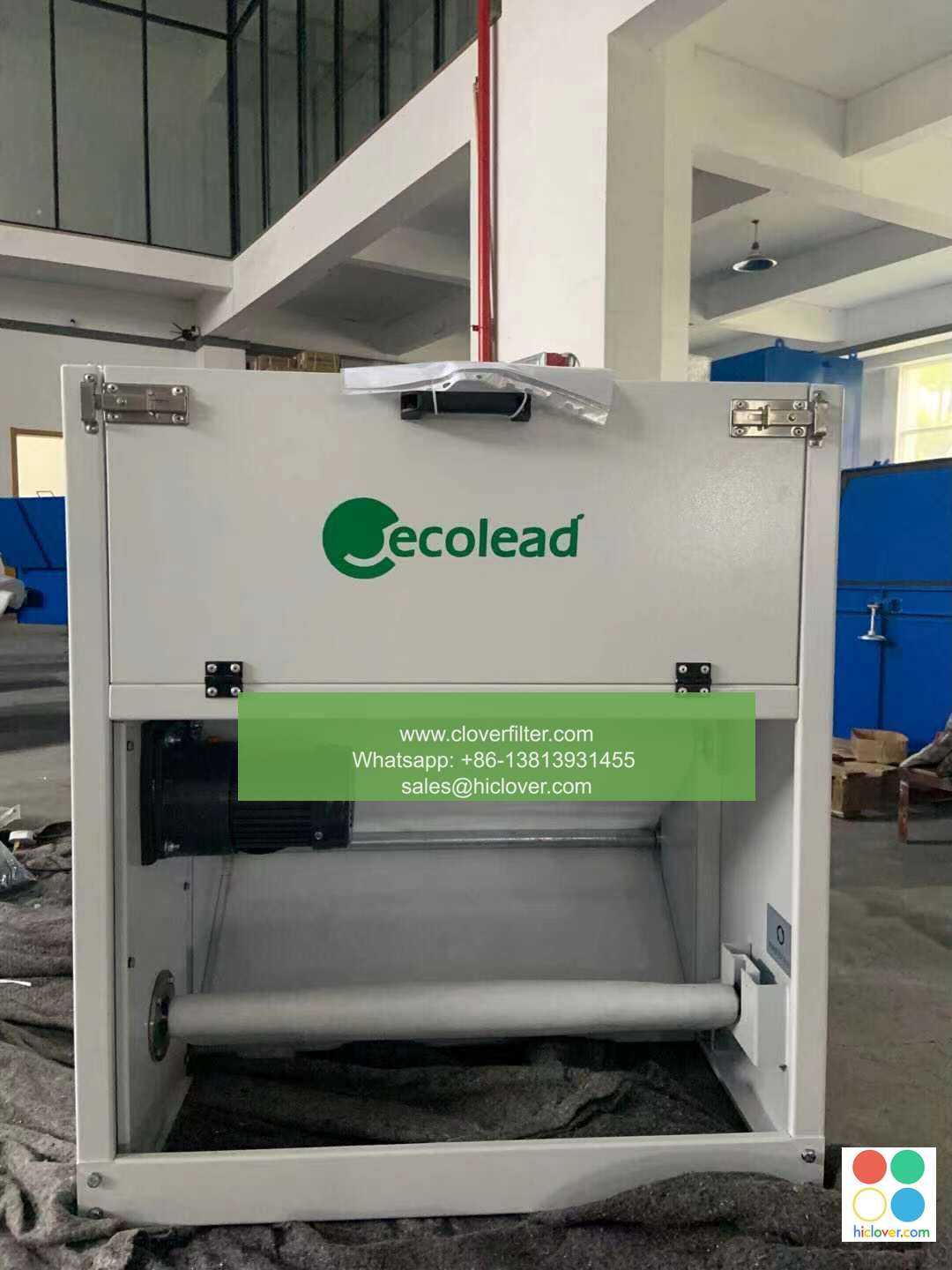Breathe Easy, Process Easy: The Benefits of Automatic Roll Air Filters in Meat Processing

The meat processing industry is a complex and highly regulated sector that requires meticulous attention to detail to ensure the quality and safety of products. One crucial aspect of meat processing is air quality control, which is essential for preventing contamination and maintaining a healthy environment for both products and personnel. In this context, automatic roll air filters have emerged as a game-changer, offering numerous benefits that enhance the overall meat processing efficiency and air filtration systems. In this article, we will delve into the advantages of automatic air filtration in meat processing and explore its various application areas.
##
Improved Air Quality and Reduced Contamination Risk
Meat processing facilities are prone to airborne contaminants, such as dust, bacteria, and viruses, which can compromise product quality and safety. Automatic roll air filters are designed to capture these contaminants, ensuring a cleaner and healthier environment. By installing these filters, meat processing plants can significantly reduce the risk of contamination, thereby protecting their products and maintaining high standards of food safety. The use of HEPA filters or ultra-low penetration air (ULPA) filters can further enhance the air purification process, providing an additional layer of protection against airborne pathogens.
##
Increased Processing Efficiency and Reduced Downtime
Automatic roll air filters are designed to minimize maintenance and maximize processing efficiency. Unlike traditional filters, which require frequent replacements and cleaning, automatic roll air filters can operate continuously, reducing downtime and increasing overall plant productivity. This is particularly important in meat processing, where production schedules are often tight, and any disruption can have significant consequences. By opting for automatic air filtration systems, meat processing plants can ensure a smooth and uninterrupted operation, thereby maintaining their competitive edge.
##
Energy Efficiency and Cost Savings
Meat processing facilities are energy-intensive operations, and air filtration systems can account for a significant portion of their energy consumption. Automatic roll air filters are designed to be energy-efficient, using advanced technologies to minimize energy waste and reduce operating costs. By installing these filters, meat processing plants can achieve significant cost savings while also reducing their environmental footprint. The use of variable frequency drives (VFDs) and energy-recovery ventilation (ERV) systems can further enhance the energy efficiency of air filtration systems, providing a win-win solution for both the plant and the environment.
##
Application Areas in Meat Processing
Automatic roll air filters have a wide range of applications in meat processing, including:
* Raw material reception and storage: Preventing contamination and maintaining a clean environment for raw materials.
* Meat cutting and processing: Reducing the risk of contamination and ensuring a healthy environment for personnel.
* Packaging and labeling: Preventing dust and other airborne contaminants from compromising product quality.
* Cold storage and refrigeration: Maintaining a clean and healthy environment for stored products.
* Waste management and disposal: Reducing odors and preventing the spread of airborne contaminants.
##
Conclusion
In conclusion, automatic roll air filters are a vital component of modern meat processing facilities, offering numerous benefits that enhance air quality control, processing efficiency, and energy efficiency. By installing these filters, meat processing plants can reduce the risk of contamination, increase productivity, and achieve significant cost savings. As the meat processing industry continues to evolve, the importance of automatic air filtration systems will only continue to grow, providing a critical solution for maintaining high standards of food safety and ensuring a healthy environment for both products and personnel.

